While Holy Week has, for some, become a secular holiday that yields the opportunity for a long vacation away from home, many Filipinos still stick to religious customs — chief among them being Visita Iglesia, a centuries-old tradition wherein Catholics visit seven churches on Maundy Thursday.
The activity has evolved from being a purely pious practice into one that has also become a bonding activity for friends and family.
There are some churches in the Philippines that have become Visita Iglesia favorites, such as the historic San Agustin Church and Manila Cathedral in Intramuros, but there are many others that are worth checking out because of their inimitable architecture or interesting history. If you’re looking to mix things up for Maundy Thursday this year, here are some of Coconuts Manila‘s suggestions for other churches to visit.
Parish of the Immaculate Heart of Mary in Antipolo City
Pilgrims often visit Antipolo to see Our Lady of Peace and Good Voyage at the Antipolo Cathedral, but another church worth seeing in town is this almost futuristic church, which is a few minutes walk from the town’s famous Hinulugang Taktak.
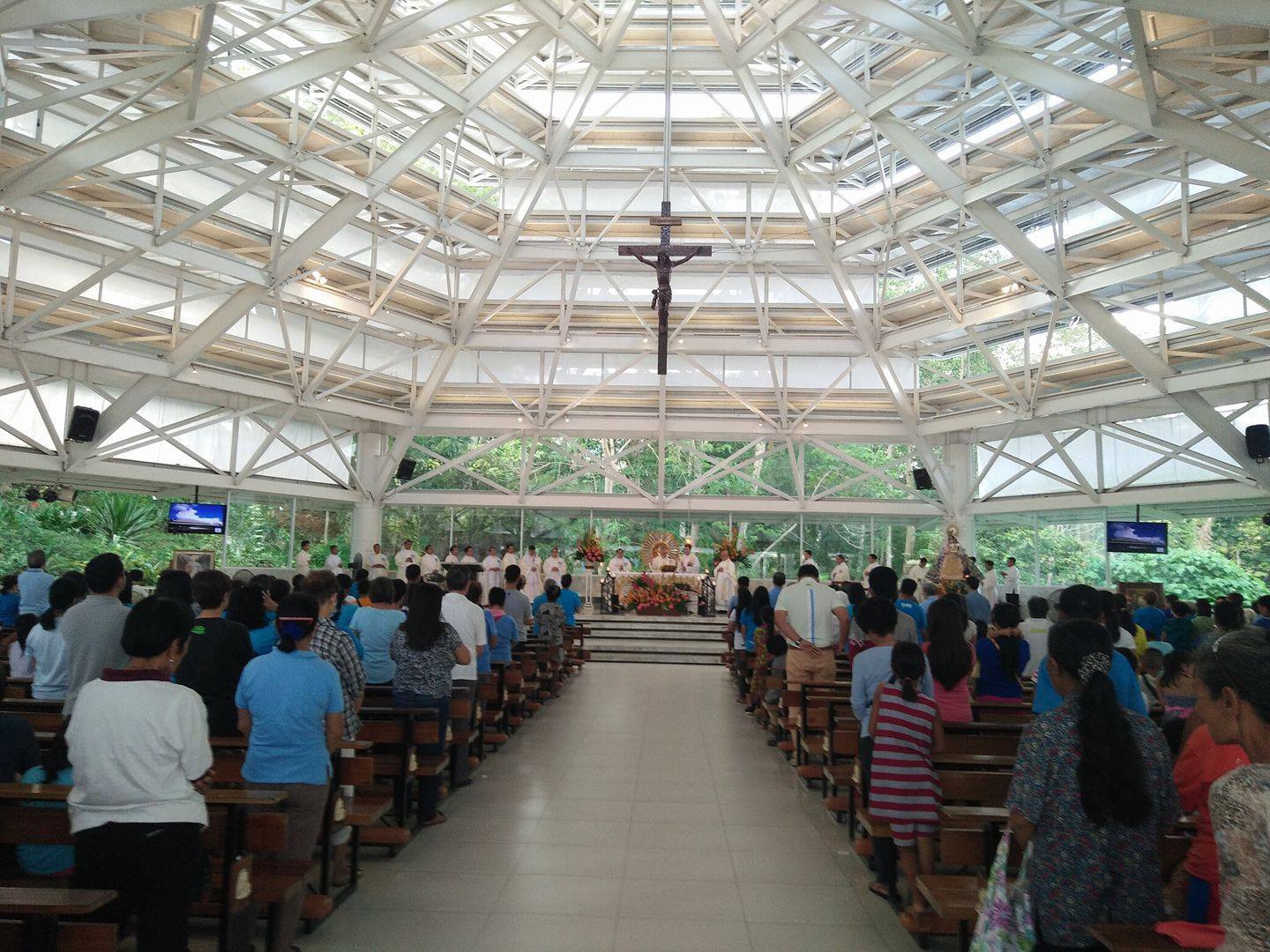
Designed by architect Dom Galicia, the church is marked by its soaring glass and steel ceiling painted in white. Its dome is designed in such a manner that natural light and wind enters freely. Not much religious iconography is seen inside the church, save for a massive crucifix hanging in the middle for everyone to see.
Because of its photogenic quality, the church has become a favorite wedding venue for many couples. It became even more popular when one of Philippine cinema’s most memorable couples — Popoy (John Lloyd Cruz) and Basha (Bea Alonza) — married in this church in the blockbuster movie A Second Chance.
Find it: Daang Bakal Road, Antipolo City
Basilica Menor de San Sebastian in Quiapo, Manila
In a quiet street in Manila’s busy Quiapo district lies this magnificent Neo-Gothic steel church. It is currently undergoing a massive multi-year refurbishment but remains open to visitors.
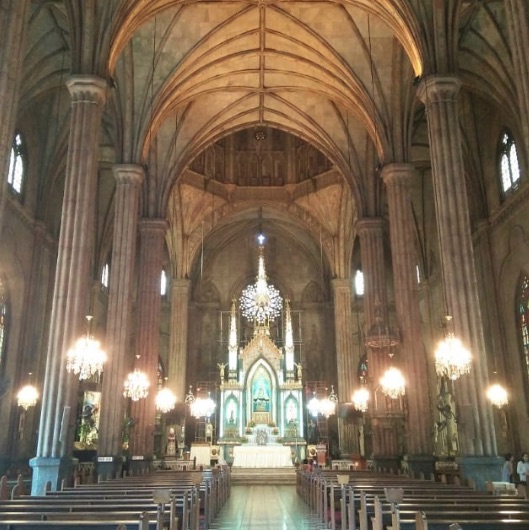
The 127-year-old church was the fourth among all the churches that were built in the neighborhood, which used to be known as Calumpang.
All of the churches that were previously built were destroyed by earthquakes, pushing the parish to hire Spanish architect Genario Palacios to design a church made of steel. On August 1891, ten years after their construction, the San Sebastian church was built, thanks to Palacios’ vision and the work of the Belgian company Societe Anonyme de Travaux Publics, the same company that built the cars of the Orient Express.

Pilgrims can marvel at the magnificent murals of the church, which were painted by students of Academia de Dibujo, Pintura y Arte, the same school which trained Filipino maestro Juan Luna. The church conservators are particularly proud of its stained glass windows, which was designed centuries ago by the German studio Henrich Oidtmann.
At present, the church is still raising money to fund its renovation. Profits from the guided tours organized by the parish are used to fund the refurb, as well as the sale of various merchandise such as printed tote bags and key chains.
Find it: Pasaje del Carmen St., Quiapo, Manila
Callao Cave in Peñablanca, Cagayan
This cave recently made the news when the remains of a new human species were discovered here, but the Callao Cave has also been known as the town’s most famous tourist spot for decades.

A short drive away from Tuguegarao City, Callao is one of the 300 caves located in the town of Peñablanca. It has nine chambers, one of which was turned into a church called the Divine Room. The religious site relies almost entirely on natural light, which streams from a 160-foot high crevice, for visibility.
The church has also served as a venue for weddings, but according to local superstition, this can only be possible if the groom can carry his bride through all of the chamber’s steps before the ceremony.
Visitors to the cave can also check out other chambers, such as the Aviary Room, where numerous species of birds can be found; and the Jungle Area, where rock formations that appear similar to animals can be seen.
Also worth visiting are the hundreds of other caves in the area, where visitors can try their hand at spelunking, trekking, and kayaking.
Find it: Peñablanca Protected Landscape and Seascape, Peñablanca, Cagayan
Betis Church in Betis, Guagua, Pampanga
Also known as the St. James the Apostle Parish Church, this Baroque place of worship has often been called the “Sistine Chapel of the Philippines” because of the intricate frescoes on its ceilings.
Because of the astounding art displayed within the church, it was declared a national cultural treasure by the National Museum and the National Commission for Culture and the Arts.
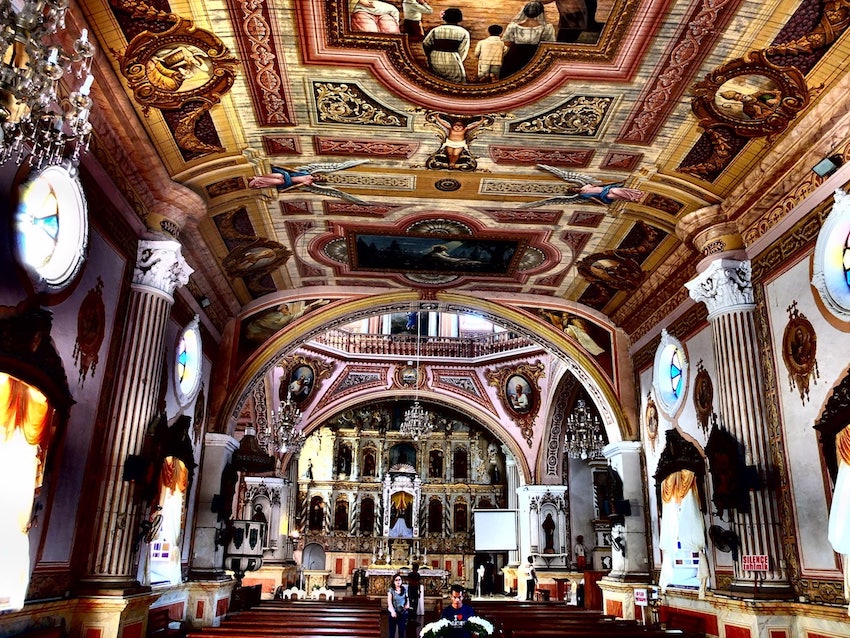

Visitors can marvel at the frescos of the Holy Family, produced by painter Simón Flores, as well as the artesian well located at the patio that was first dug in the 1800s when it was used as a water source for the town and nearby areas. Another design wonder is the church’s dome where images of several Catholic saints were painted.

Find it: Betis, Guagua, Pampanga
Paoay Church in Paoay, Ilocos Norte
Also known as the Saint Augustine Church, this place of worship is known for the massive buttresses located on the sides and the back of the structure. Made up of massive coral stones, this Baroque church also sports elements of Javanese architecture that are reminiscent of the Borobudur.
It was declared a UNESCO World Heritage Site in 1993.

Completed in 1710, the church is currently going through a PHP30 million (US$579,964) renovation that is predicted to end in 2021. Parts of the church that will be repaired include the belfry, the roof, and exterior.
Find it: Marcos Ave, Paoay, Ilocos Norte
Santo Niño Basilica in Cebu City
Built in 1565, this is one of the Philippines’ oldest churches and serves as the home of the Child Jesus, a religious icon more popularly known as Santo Niño de Cebu.
Carved in Flemish style, the icon was presented in 1521 by Portuguese explorer Ferdinand Magellan to the ruler of Cebu, Rajah Humabon and his consort Hara Humamay. The icon is said to be miraculous, a belief fueled by the fact that it survived numerous fires and earthquakes throughout its stay in the Queen City of the South.
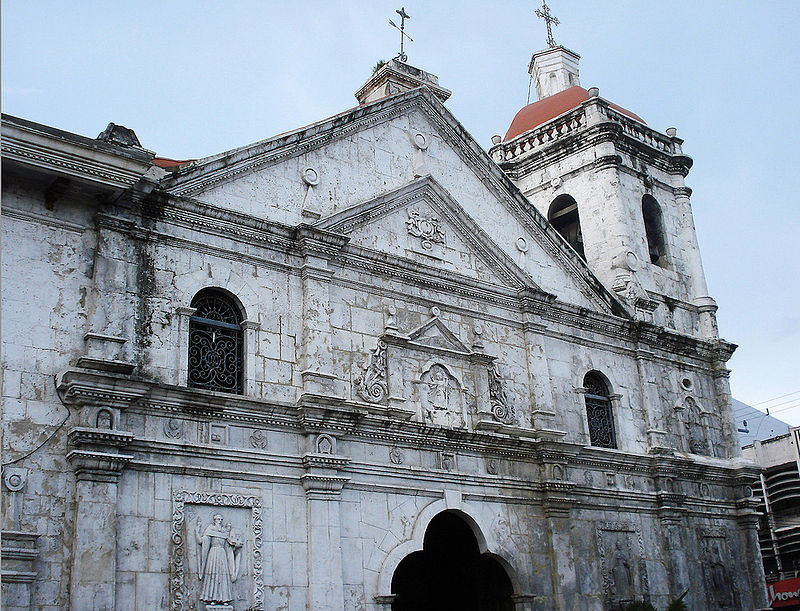
Also known as the Basílica Minore del Santo Niño de Cebú, the church has a museum which houses documents dating back to the 17th century, antique furniture, liturgical accessories, and friar vestments. It’s also here where relics of other saints and gifts which were given to the Santo Niño including pieces of jewelry could be seen.

The church’s historical significance makes it a must-see for all travelers visiting Cebu.
Find it: Pilgrim’s Center, Osmeña Blvd, Cebu City, Cebu
Barasoain Church in Malolos, Bulacan
Also known as Our Lady of Mount Carmel Parish, the Barasoain played a significant role in the country’s history because it was where the Malolos Congress was convened in 1898, which drafted the constitution for the first Philippine Republic.

Because of its role in Philippine history, the church’s image appeared in the old PHP10 bill.
The Barasoain Church was constructed in a variety of European architectural styles, including the Baroque, Romanesque, and Neo-classic methods. It’s known for its receding arches, arched windows, and its simple nave. Travelers can also visit the two chapels located near the church where racks of candles and religious sculptures could be found.
Find it: Paseo del Congreso, San Gabriel, Malolos City, Bulacan
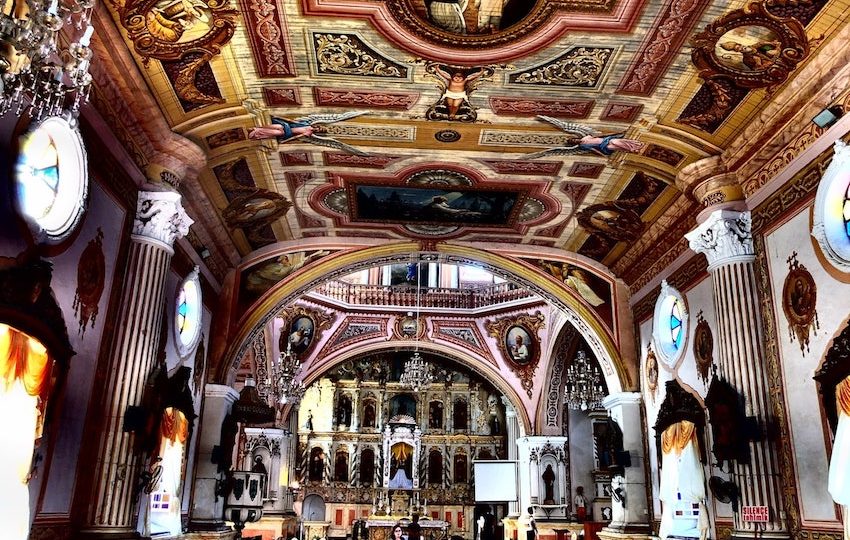




Reader Interactions